The Final Days of the Lincoln Conspirators
Some of them got justice and some did not.
Booth’s Last Day
Booth had managed to escape from the scene of the crime unscathed save for the broken leg he sustained after leaping from the President’s box. Booth escaped on horseback and in the coming weeks made his way to the hideout spot of Richard Garrett’s barn in Port Royal, Virginia. Booth’s final days were spent on the run and even when surrounded by Union soldiers, his conspirators having abandoned him, he would not surrender. The pursing officers set the barn on fire in order to flush him out.

Despite orders to capture Booth alive, one shot was fired by Sergeant “Boston” Corbett, intended to wound Booth. Instead the bullet hit Booth in the neck and he died on the property a few hours later. While he was briefly detained and questioned after the shooting, Corbett was never charged or tried, but did later testify at the conspirator’s trial.
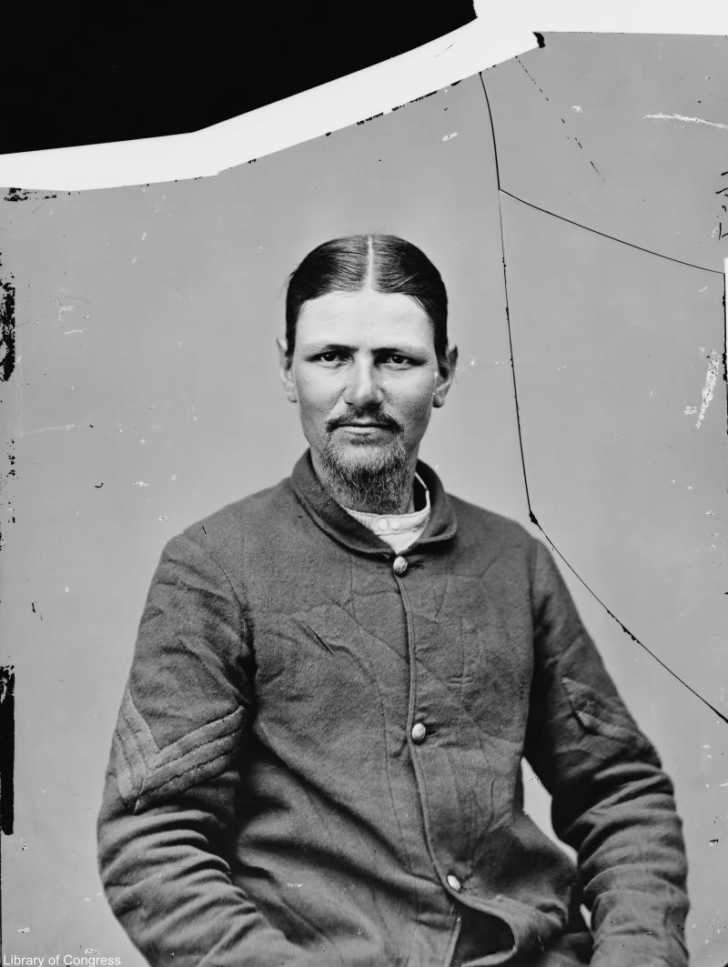
Corbett was a hatter on and off before and after he became a Union soldier and was known to be a religious zealot. Corbett horrifically castrated himself in 1858 after fearing the temptations of the flesh.
Historians now believe his exposure to mercury as a hatter caused him mental health issues, a fact later supported by the fact that he was en route to be committed to an insane asylum when he escaped. Corbett’s whereabouts the last few years of his life are unknown, but some believe he died in the Great Hinkley Fire of 1894.
Lewis Payne and David Herold
As part of the group plot, Secretary of State William Seward was stabbed multiple times in the face and chest with a bowie knife. The perpetrators in this case were Lewis Powell (AKA Lewis Payne) and David Herold. Payne was a former Confederate soldier who had joined Mosby’s Rangers before committing to the assassination plot, while David Herold had gone to school with John Surratt.
The ill will against Seward was based on the fact that as Secretary of State he had discouraged and prevented England from accepting the Confederacy as a sovereign nation, thereby helping to turn the tide in favor of the Union.
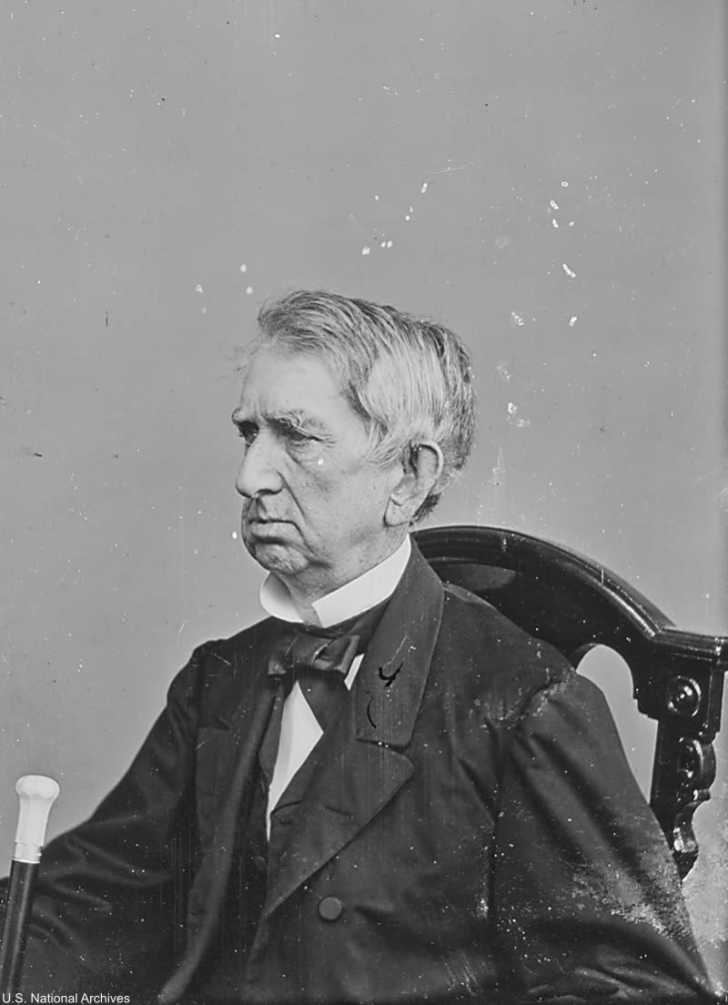
In the course of his attack on Seward’s home while the Secretary was recovering from a carriage accident, several of Seward’s children, as well as his bodyguard, were also injured. Payne walked the streets of D.C. covered in blood, finally arriving at Mary Surratt’s boardinghouse where he would be captured 2 days later. Payne was one of the four conspirators sentenced to death, as was Herold.
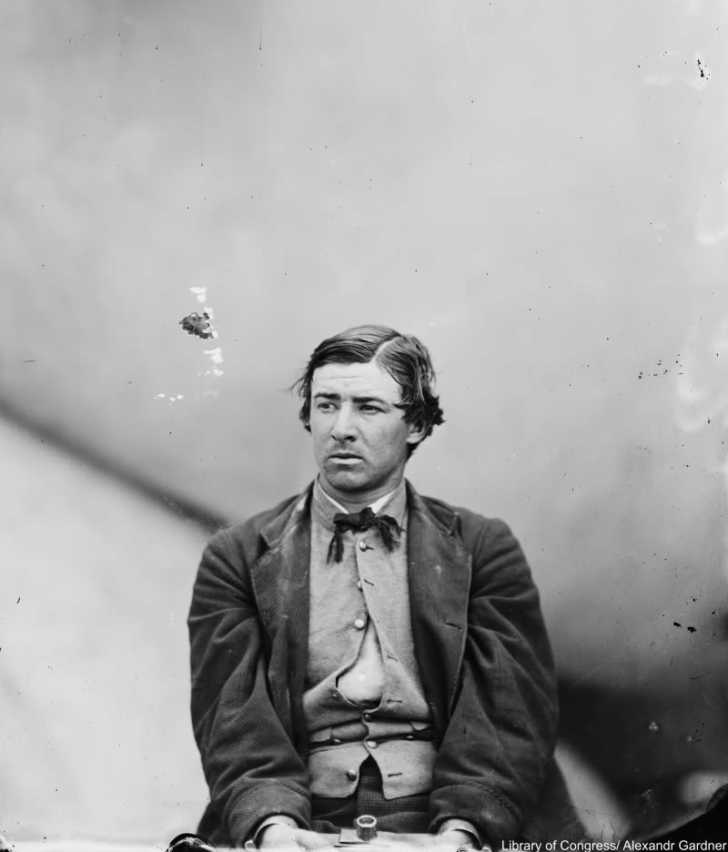
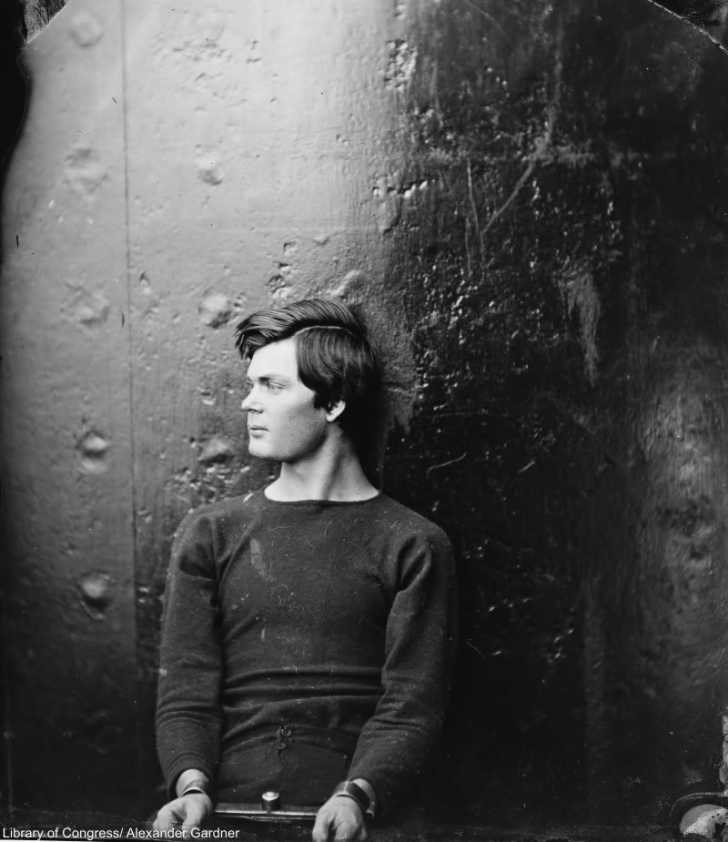
Swift Trial
The trial was long while the deliberation was swift, as the public was eager to see justice brought on the people responsible. The trial lasted 7 weeks and heard 366 witnesses.
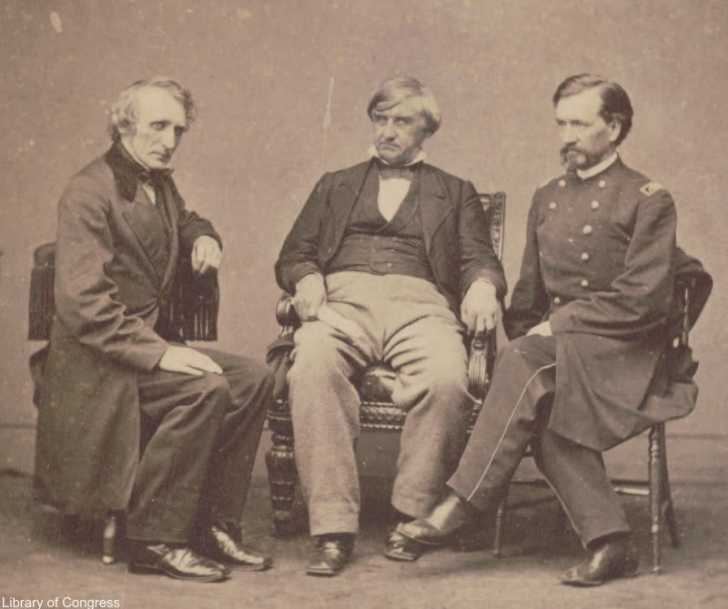
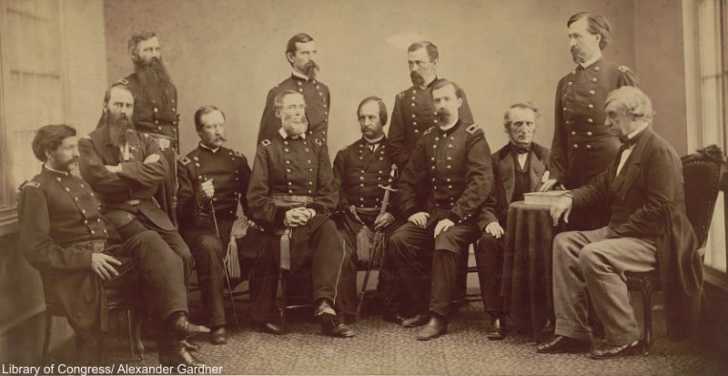
SKM: below-content placeholderWhizzco for DOT

